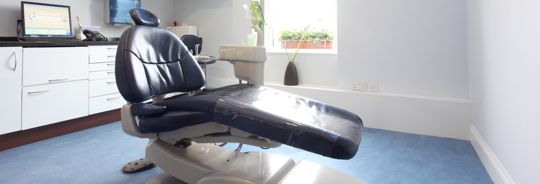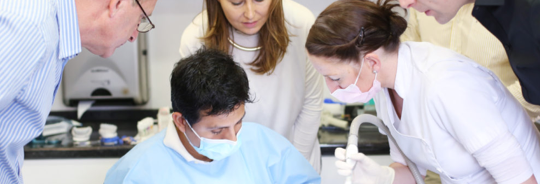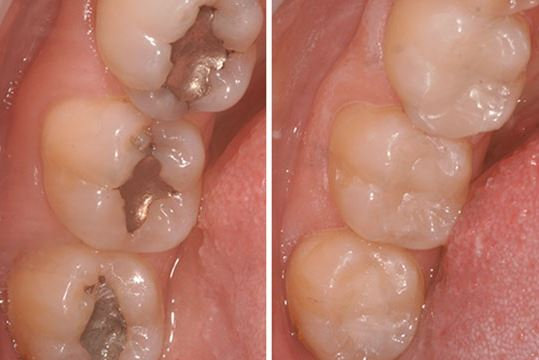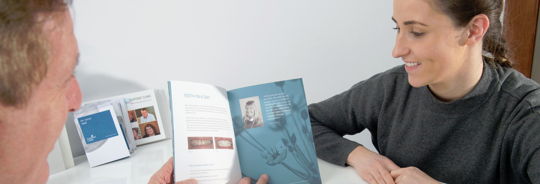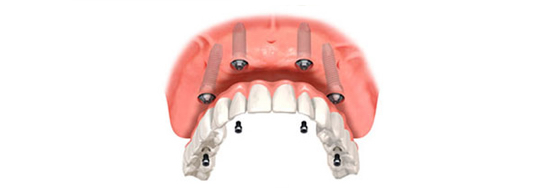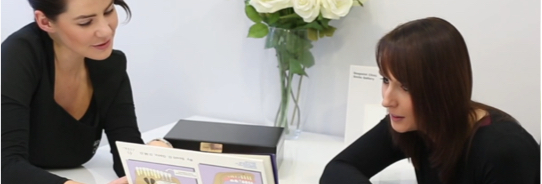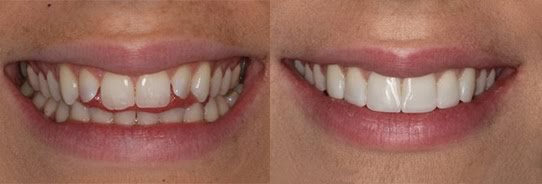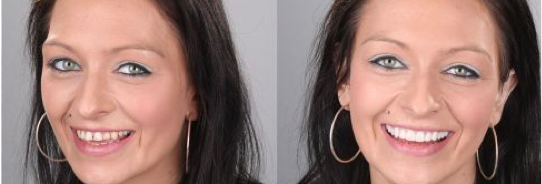
Blog
We post all the latest information here regularly so it's always up to date for you. If there is a topic you would like to have us cover please ask.
5 May 2021
Porcelain Veneers Explained

Veneers are thin pieces of porcelain or plastic placed over the front teeth to change the colour or shape of your teeth. Veneers are used on teeth with uneven surfaces or are chipped, discoloured, oddly shaped, unevenly spaced or crooked.
Aesthetic Benefits
Few cosmetic dental treatments offer the comprehensive results and aesthetic benefits that veneers can provide. In a single treatment, veneers can correct surface flaws such as chips and cracks. As mentioned above, they can also conceal dark tetracycline stains, which cannot be treated with traditional teeth whitening procedures. Veneers can also change the shape of teeth, often making these enhancements an ideal solution for patients with proportionately small, worn, irregularly shaped, or pointed teeth.
Veneers and Light Reflection
Natural dental enamel is translucent. Light shines through this layer and bounces off the underlying dentin, giving smiles their healthy sheen. Dental porcelain is also semi-translucent, meaning that light reflects off of the restorations just as it does off of dental enamel. Thanks to the highly customised fabrication process described above and the way light interacts with the restorations, porcelain veneers are virtually indistinguishable from enamel. Patients can enjoy a thoroughly enhanced but completely natural smile.

Increased Confidence and Happiness
One of the biggest advantages of porcelain veneers is the effect they can have on a patient's self-assurance and emotional wellness. When patients feel good about the appearance of their teeth, they are more likely to smile. In turn, this can increase their mood, social life, and even professional success. Multiple studies have proven that smiling directly impacts emotion; a landmark study conducted by Dr. Robert Zajonc in 1989 found that even a forced smile could actually make people feel happier. Zajonc theorised that when people activate the muscles needed for smiling, it actually raises the temperature of blood travelling to the brain. In turn, these higher temperatures stimulate the parts of the brain that control emotion. Not only are veneers a great investment in a patient's appearance, they could also be an investment in their overall well being.
Oral Health Benefits
The primary benefits of veneers are cosmetic; however, there are several ways that they can boost overall dental health. First, they can lend some strength to damaged teeth. Patients should note, however, that veneers cannot restore a severely damaged or weakened tooth. In these cases, a dental crown will provide better protection for a patient's oral health.

Encouraging Oral Hygiene
Veneers can also promote good dental hygiene. When patients have a beautifully enhanced, natural smile, they are more likely to practice outstanding care and maintenance. At their initial consultation or at any time during the placement process, patients should ask their dentist about the best way to care for their veneers and protect the underlying teeth.
Health Advantages over Other Dental Procedures
Although veneers typically require some enamel removal, this procedure leaves the majority of the tooth structure intact. In contrast, to place a crown, a dentist must reshape the entire tooth, removing a significant amount of dental material. For patients looking for a more conservative option with minimal tooth modification, veneers may be the ideal alternative.
Risks
As with any medical treatment, there are some risks associated with the placement of porcelain veneers. For the most part, these risks are minor and quite rare.
Tooth Sensitivity
Veneers are considered a very low-risk treatment. However, as with any medical or dental procedure, there is some chance of complications. Because this treatment often involves enamel removal, the biggest risk is that a patient will experience permanent tooth sensitivity, especially to hot or cold temperatures. Typically, if sensitivity lasts for more than 3 to 6 months after veneers placement, this indicates an underlying problem with the procedure. For example, the dental cement may be leaking or the nerve may have been exposed and infected during placement.
Dental Damage
There is also a slight risk that the underlying dentin may become damaged during the enamel removal process. Alternatively, a poorly fitting veneer could change the alignment of a patient's bite, leading to dental sensitivity, discomfort while eating, or, in more extreme cases, bruxism and jaw pain.

Future Replacement
Although veneers can last several decades, they must eventually be replaced, and the second placement process will involve another round of enamel removal. Those who already have some enamel erosion before their first treatment may not have enough material for a second placement. In these cases, they will require an alternative restoration such as cosmetic bonding or a dental crown. Patients should discuss their replacement options before receiving their first set of veneers. If they are not willing to consider alternative treatments in the future, they should not choose a procedure that will permanently alter their teeth.
Minimising the Risks
As stated above, veneers are considered to be a very safe dental treatment, and there are several things that patients can do to further reduce their risks. First, they should be cautious when choosing their cosmetic dentist, following the guidelines listed above. By reading reviews from past patients, they can determine whether a particular dentist has a history of case complications. Second, if they are truly concerned about dental sensitivity or the permanent nature of veneers, patients may opt for no-prep veneers. Because they require little enamel removal, if any, the risk of sensitivity is lower. Patients should be aware, however, that some dentists believe no-prep veneers look less natural than traditional veneers


